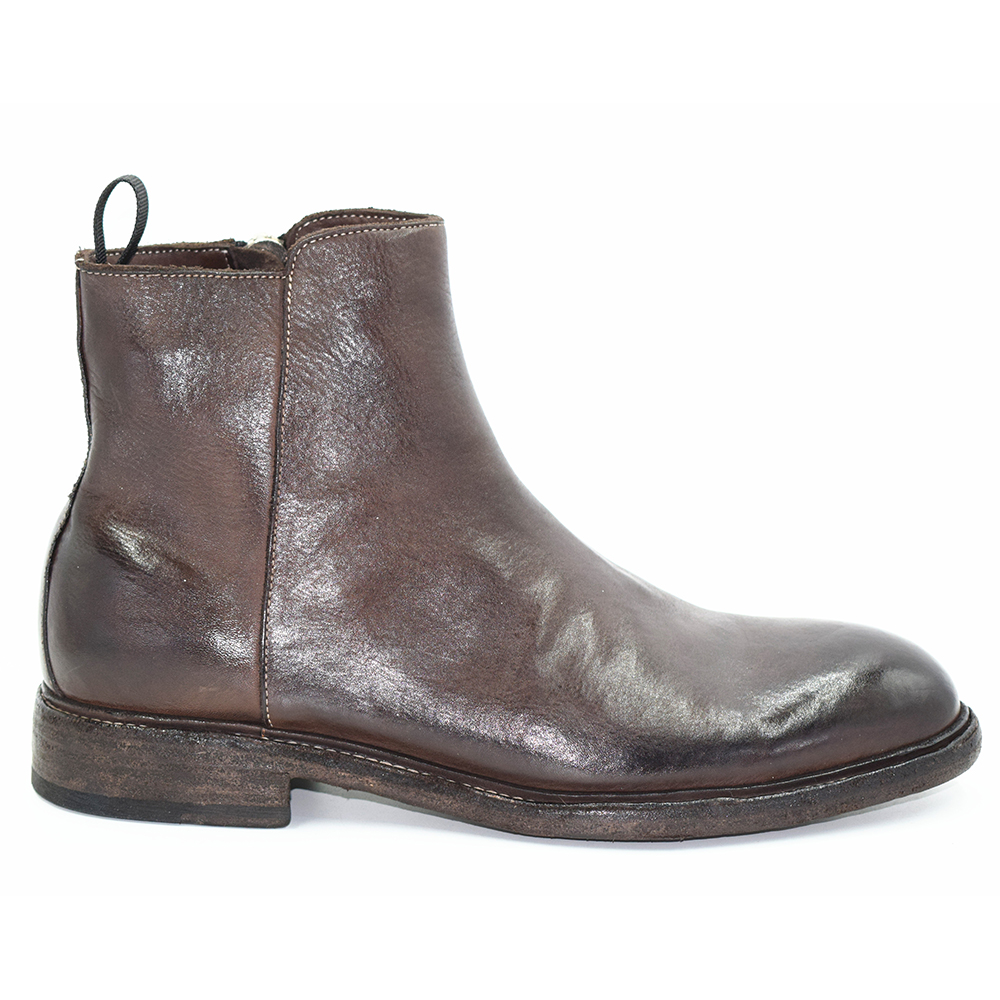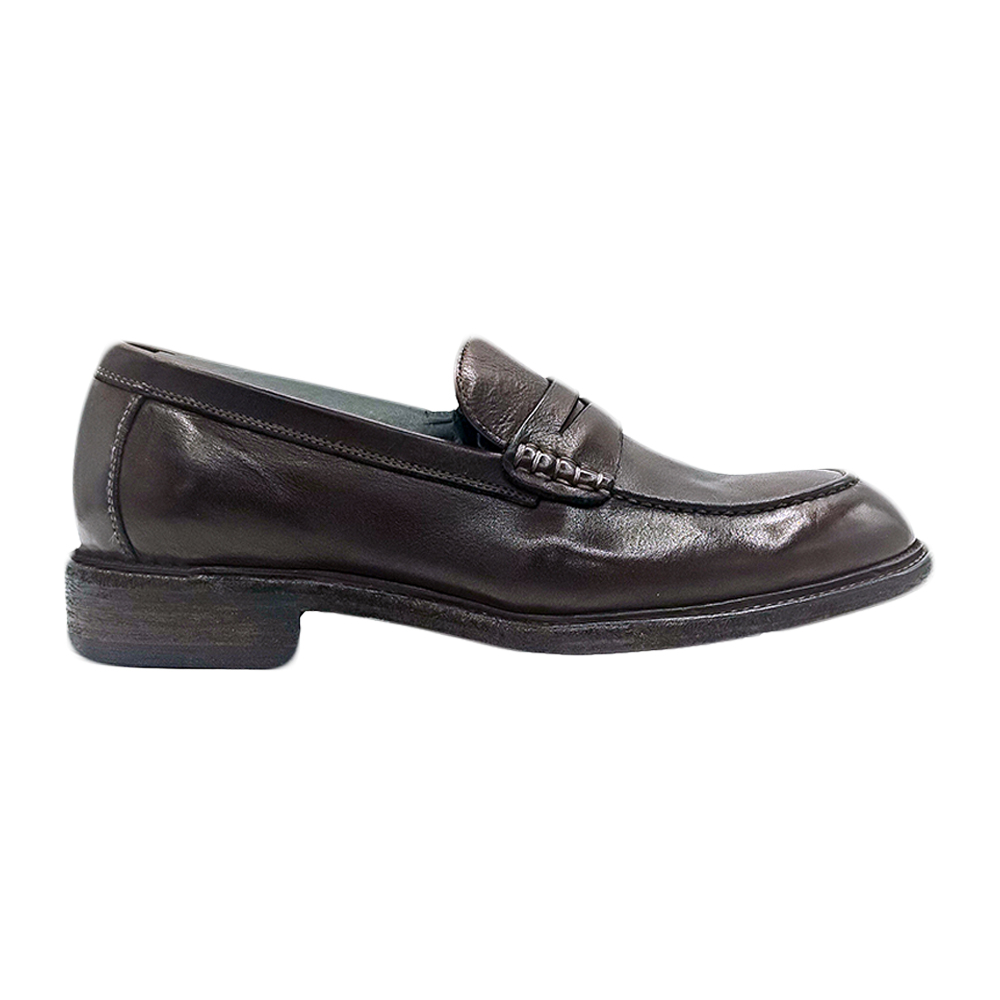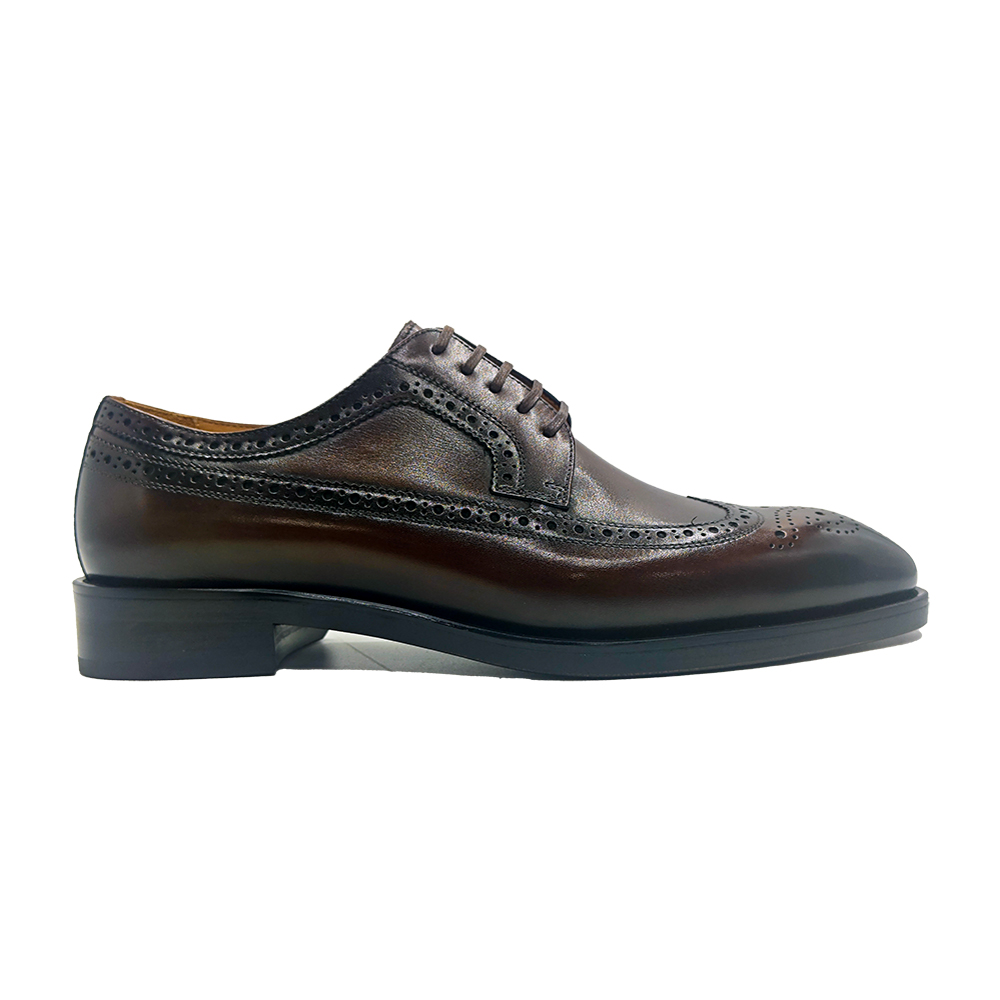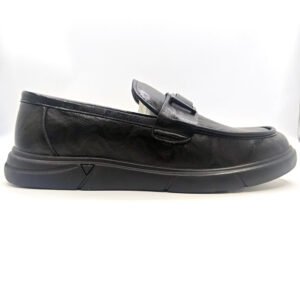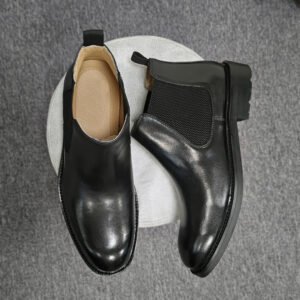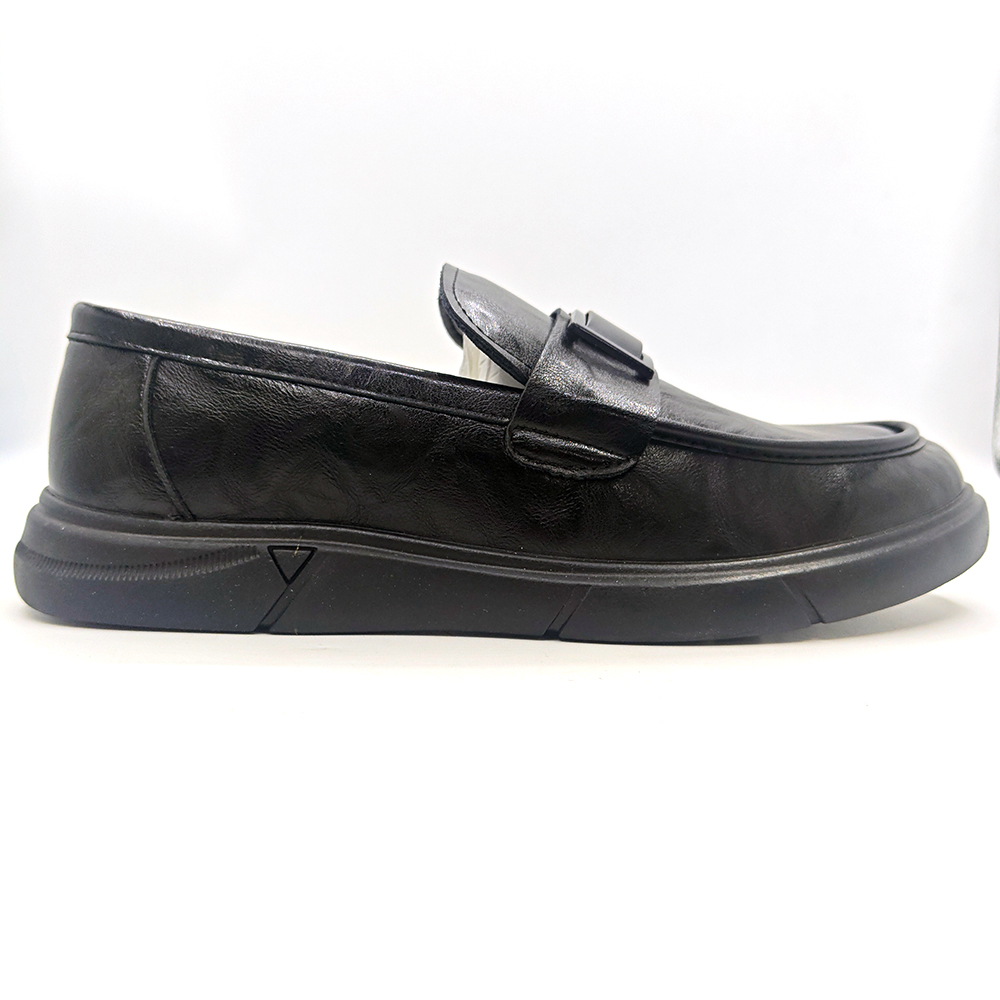Last Updated on 2025-09-06 by Topmenz Shoes
For over a century, Goodyear shoes have stood as a hallmark of quality, durability, and artisanal excellence. Originating from the innovative Goodyear welt construction method patented in the 19th century, these shoes are more than mere footwear—they are a testament to the marriage of tradition and innovation. As a manufacturer deeply rooted in this craft, we take pride in preserving the heritage of Goodyear shoes while adapting to modern demands. This blog explores the unparalleled advantages of Goodyear shoes and the technical legacy that continues to define them.
1. The Historical Foundation of Goodyear Shoes
The story of Goodyear shoes begins with Charles Goodyear Jr., who revolutionized shoemaking in 1871 by introducing a machine capable of stitching a leather welt to the shoe’s upper and insole. This mechanized process retained the integrity of handcrafted shoes while making them accessible to a broader audience. Unlike glued or Blake-stitched alternatives, the Goodyear welt method prioritized longevity, waterproofing, and repairability—principles that remain central to Goodyear shoes today.
2. The Technical Mastery Behind Goodyear Shoes
The construction of Goodyear shoes is a meticulous, multi-stage process that combines precision engineering with artisanal skill. Here’s a breakdown of the techniques that set them apart:
2.1 The Goodyear Welt Construction
At the heart of Goodyear shoes lies the welt—a strip of leather or synthetic material stitched to the upper and insole. This creates a water-resistant barrier and provides a foundation for attaching the outsole. The process involves:
- Lasting: Stretching the leather upper over a foot-shaped mold for a precise fit.
- Welt Stitching: Using a curved needle to sew the welt to the upper and insole.
- Cork Filling: Injecting a cork layer between the insole and outsole, which molds to the wearer’s foot over time.
- Outsole Attachment: Hand-stitching the outsole to the welt for unparalleled durability.
2.2 Double-Row Stitching
Authentic Goodyear shoes feature two parallel rows of stitching: one securing the upper to the welt and another attaching the welt to the outsole. This dual-layer technique enhances structural integrity and waterproofing.
2.3 Hand-Finished Detailing
From burnished edges to hand-polished soles, every pair of Goodyear shoes undergoes rigorous finishing to ensure aesthetic perfection.
3. The Advantages of Goodyear Shoes: Why They Stand Out
Goodyear shoes offer distinct benefits that justify their premium status:
3.1 Unmatched Durability
The Goodyear welt construction is designed to withstand decades of wear. The double-stitched seams resist separation, while the robust outsoles (often made of leather or Vibram rubber) endure harsh conditions. Unlike glued shoes, Goodyear shoes can be resoled multiple times, extending their lifespan indefinitely.
3.2 Customized Comfort
The cork midsole in Goodyear shoes adapts to the wearer’s foot shape, providing personalized arch support and cushioning. This natural molding process reduces fatigue, making them ideal for long hours of wear.
3.3 Weather Resistance
The raised welt and tight stitching prevent water ingress, making Goodyear shoes a reliable choice for rainy climates. Premium models feature water-repellent leathers or treated welts for added protection.
3.4 Repairability and Sustainability
In an era of fast fashion, Goodyear shoes champion sustainability. Their modular design allows cobblers to replace worn soles, heels, or linings, reducing waste. A single pair can outlive 10+ pairs of disposable footwear.
3.5 Timeless Aesthetics
From sleek Oxfords to rugged boots, Goodyear shoes blend classic silhouettes with modern design elements. Their polished finishes and premium materials elevate both formal and casual attire.
4. The Art of Material Selection in Goodyear Shoes
The quality of Goodyear shoes begins with the materials:
4.1 Premium Leathers
- Full-Grain Leather: Retains natural textures and develops a rich patina.
- Shell Cordovan: A luxurious, durable leather prized in high-end Goodyear shoes.
- Suede and Nubuck: Offer a softer, casual aesthetic while maintaining breathability.
4.2 Sustainable Alternatives
Modern Goodyear shoes incorporate eco-friendly materials like recycled rubber soles, apple leather, and chrome-free tanned hides, aligning with global sustainability goals.
4.3 Advanced Outsoles
Brands like Dainite and Vibram collaborate with Goodyear shoes manufacturers to create outsoles with superior traction, flexibility, and longevity.
-
Rated 0 out of 5
-
Rated 0 out of 5
-
Rated 0 out of 5
-
Rated 0 out of 5
5. Preserving Tradition: The Craftsmanship Behind Goodyear Shoes
The production of Goodyear shoes remains rooted in artisanal traditions:
5.1 Hand-Welting Techniques
While machines handle basic stitching, premium Goodyear shoes often feature hand-stitched welts. Skilled artisans use awls and waxed threads to achieve tighter, more resilient seams.
5.2 Custom Lasting
Custom lasts (molds) are crafted using 3D foot scans, ensuring a bespoke fit for clients with unique foot shapes or orthopedic needs.
5.3 Heel Stacking
The heels of Goodyear shoes are layered from leather or rubber and shaped by hand for optimal balance and aesthetics.
6. Innovation Meets Heritage: Modern Advances in Goodyear Shoes
While honoring tradition, Goodyear shoes embrace innovation:
6.1 Hybrid Construction
Some models combine Goodyear welts with thermoplastic polyurethane (TPU) for lighter, flexible designs suited for athletic or casual use.
6.2 Smart Features
Temperature-regulating linings and moisture-wicking insoles are integrated without compromising the classic Goodyear welt structure.
6.3 Digital Customization
Clients can design Goodyear shoes online, selecting materials, colors, and sole types, with AI tools predicting fit and comfort.
7. The Sustainable Future of Goodyear Shoes
Goodyear shoes are leading the charge in eco-conscious manufacturing:
7.1 Circular Production Models
Discarded Goodyear shoes are disassembled, with components like metal eyelets and leather uppers recycled into new products.
7.2 Carbon-Neutral Practices
Factories are adopting renewable energy and carbon offset programs to minimize environmental impact.
8. Why Invest in Goodyear Shoes?
Goodyear shoes are not just footwear—they are an investment in quality, ethics, and style. Their timeless design, repairable construction, and adaptive comfort make them indispensable for discerning wearers.
The Enduring Legacy of Goodyear Shoes
From their 19th-century origins to modern innovations, Goodyear shoes exemplify the perfect synergy of craftsmanship and technology. As custodians of this legacy, we remain committed to advancing the art while honoring its roots. Whether you seek sophistication, durability, or sustainability, Goodyear shoes deliver—proving that true quality never goes out of style.
Any questions pls contact custom shoes expert Whatsapp +86 13392749315 and Get the latest news and updates straight to your email inbox.

